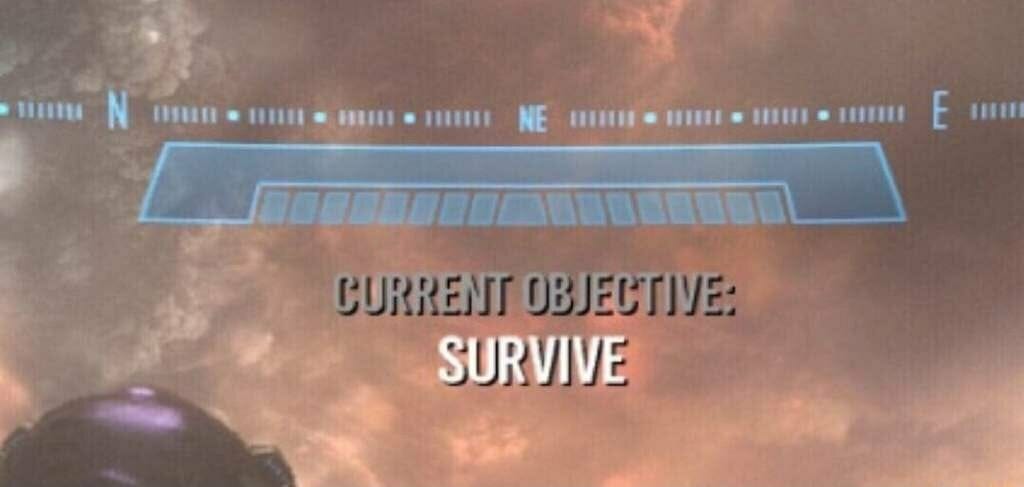Welcome to Exit Liquidity: A newsletter written by a crypto analyst, talking shop about finance & life insights. If you want to join this tight-knight community, subscribe below:
Check out the rest of my articles here, and follow me on Twitter for more crypto insight!
Now, to the article ☕
It's an undeniable fact that the macro conditions we face right now are unlike anything we've seen before. US Inflation is at its highest since 1981, the crypto market cap has dropped 2 trillion since ATHs, and the recent insolvency of both Celsius and Three Arrows Capital is quite unprecedented.
At this point, I want to talk about something I believe to be extremely important: Planning ahead. Crypto as a sector is on the brink of some sort of collapse; the dominoes have started to fall, and many speculate that this is not the end. I agree.
But our job as retailers isn't to predict the future, it is to survive till easy money conditions come again. To that end, it's important to start planning your survival trip because IF an extended bear comes (e.g a few years), you'll be prepared to tackle it. For those claiming that "it won't happen" - that is not the point. The point is that this is a risk management exercise, and you want to be prepared for the tail-end risks lest you get wiped out as well.
This isn't just planning for your financial life, but also for your job as well - in a bear market, it's probably better for you to have some sort of business / monthly income to ensure survival. With that said, I pray that if you read this, you'll spend at least 10 minutes just doing the following:
Goal Setting: Think about your overarching goals in life, be it financial, material, emotional, etc. Any goal, really - and try to make it specific. If it's something related to money, attach an amount to it. E.g Mine is to be financially free, and for that, I'll need at least 1 million. (Subjective)
Timeframe & Goalpost setting: With that done, I want you to break down the goals into timeframes, and into specific goal posts (i.e bite-sized chunks of the bigger goal). I use the 1-year, 5-year and 10-year timeframe, and extrapolate what I should have achieved based on that.
As an example, I'll share one of my goals - to have a passive income at 10k/month at some point. I've also broken the goal down - this passive income will hopefully be achieved through my writing + blog posts.
On a 1-year horizon, my goal is to have 5k followers on Twitter
On a 5-year horizon, it's to start making money from sponsored posts on my blog, and reach a readership of at least 10k people
And on a 10-year horizon, I hope to make 10k/month off sponsorships/ads.
It's alright if your 5-year and 10-year horizons aren't as clear as your 1-year ones; in fact, that's normal. Foresight is difficult, and most people underestimate what they can build in 5/10 years, and overestimate what they can do in 1 year.
What's important in this exercise is you taking the time to reflect deeply on your journey called life, understanding what you want to get out of it, and planning the route there. Goal setting is an iterative journey as well - something that's updated over time. What matters is starting now, and not procrastinating on it.
This goal setting can be used in your professional career as well - planning ahead in knowing what you want to do so that you can work towards it.
All in all, I know there are many different ways of setting goals out there - this is what works for me. It's very much just a baseline structure - you can tweak it to your hearts' content. I just hope that at least one of my readers gains something from this, and if I could positively impact even one of your lives, that would make me extremely happy.
-Kyle




